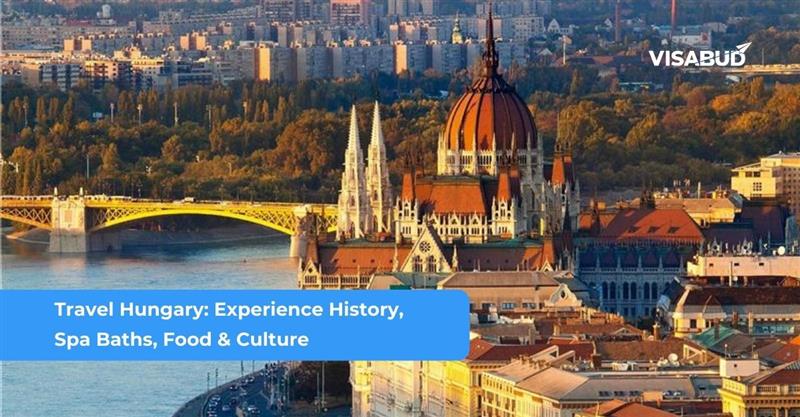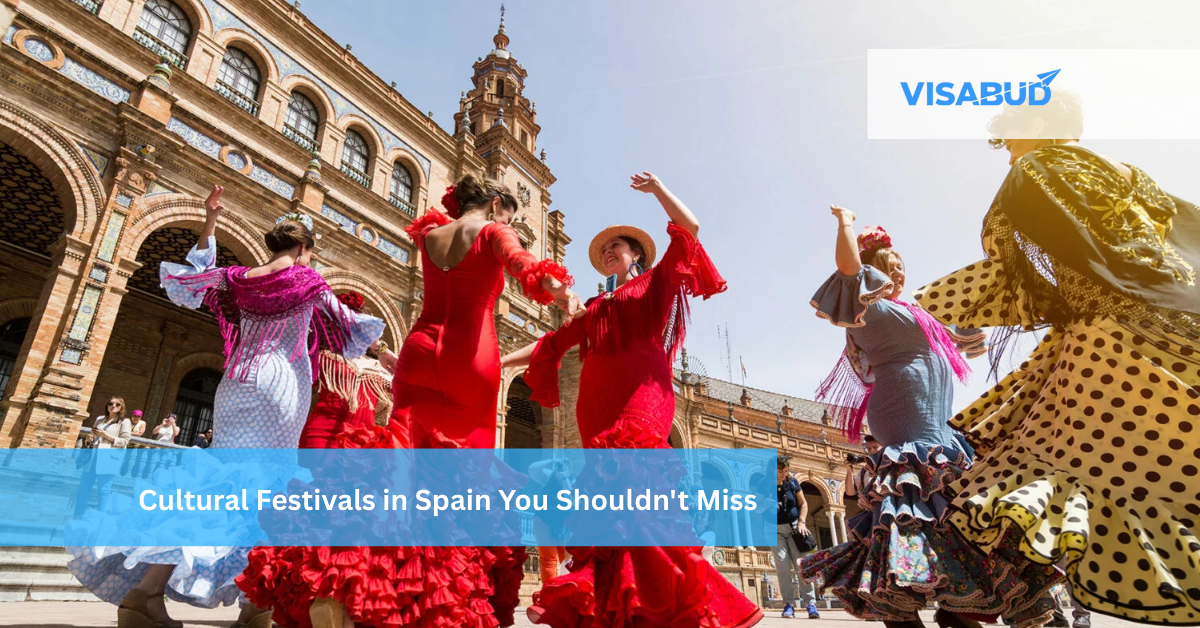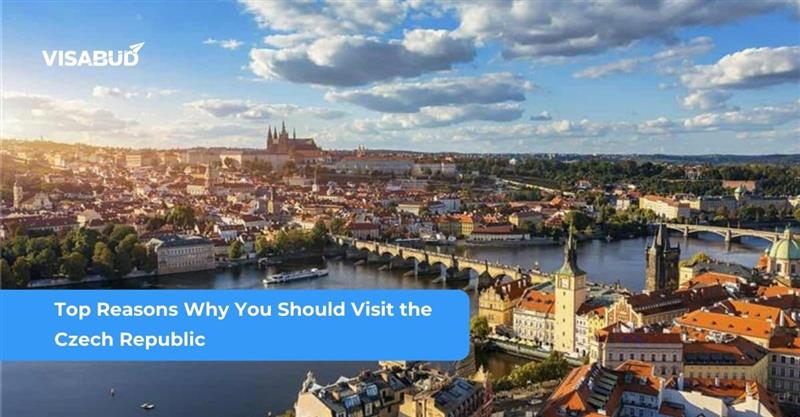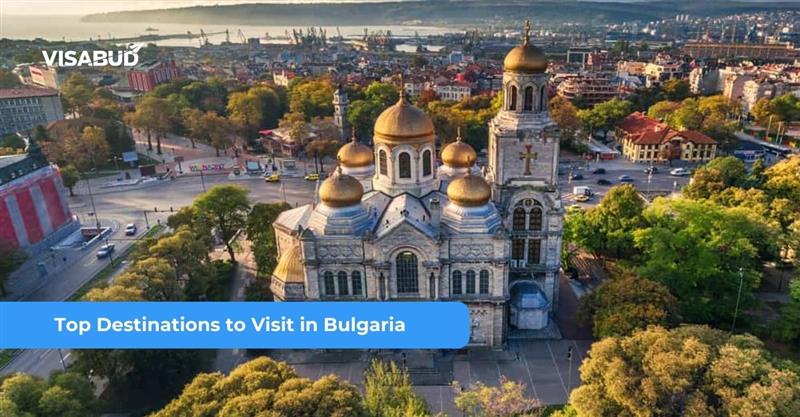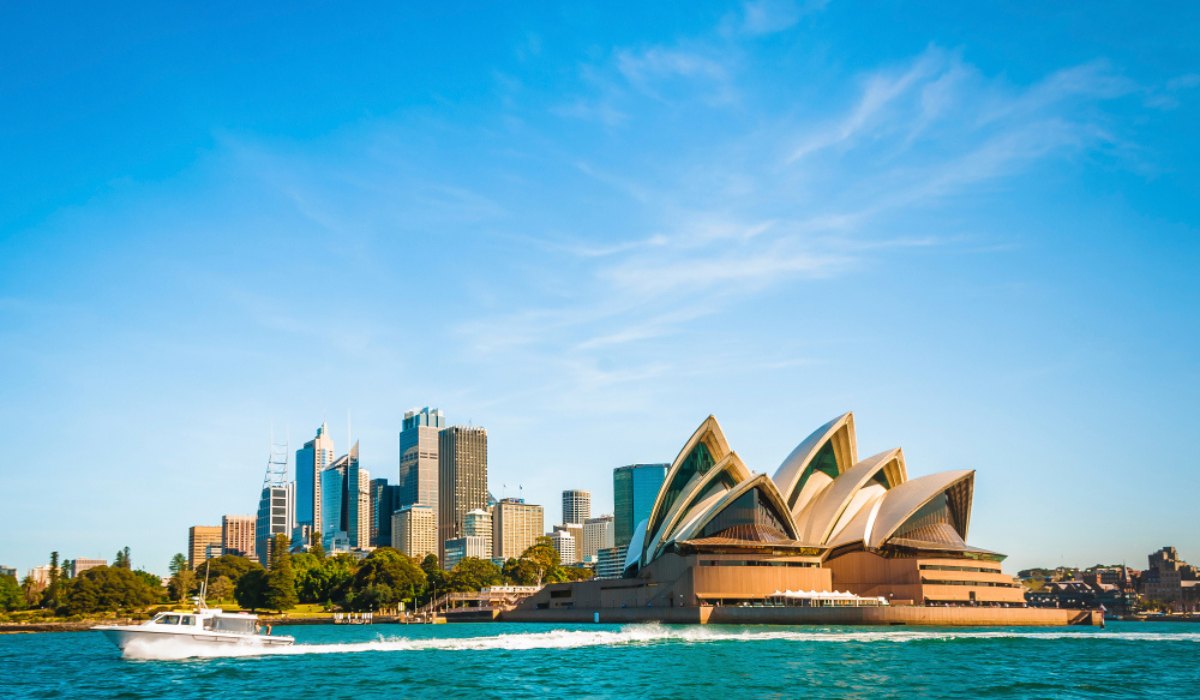Hungary, located in Central Europe, is a nation rich in history, culture, and natural beauty. The country is known for its awe-inspiring historical landmarks, rejuvenating spa baths, delectable cuisine, and lively cultural traditions. Whether you’re an architecture enthusiast, a wellness seeker, a food lover, or someone fascinated by local customs, Hungary offers a wealth of experiences that cater to diverse interests. This guide takes you on an in-depth journey through the history, thermal baths, culinary delights, and vibrant cultural heritage of Hungary, offering you a comprehensive travel experience.
1. Hungary’s Historical Legacy: A Journey Through Time
Budapest: The Heart of Hungary’s History
Budapest, the capital city of Hungary, is one of the most historically significant cities in Europe. Known as the “Pearl of the Danube,” Budapest is a perfect blend of old-world charm and modern sophistication. It is divided into two parts: Buda, on the west bank, and Pest, on the east bank. The city’s history is rich and complex, with roots going back to Roman times, medieval kingdoms, and Ottoman conquests.
Buda Castle:
Buda Castle, perched atop Castle Hill, is one of Budapest’s most iconic landmarks. The castle complex houses several museums, including the Hungarian National Gallery, the Budapest History Museum, and the National Library. A UNESCO World Heritage Site, Buda Castle provides breathtaking views of the city and is a must-visit for anyone interested in Hungary’s royal past.
Parliament Building:
The Hungarian Parliament Building is one of the largest parliament buildings in the world and a stunning example of Neo-Gothic architecture. The building’s intricate design and historical importance make it a symbol of Hungarian democracy. Visitors can take guided tours to learn about Hungary’s legislative processes and its rich political history.
Fisherman’s Bastion:
For panoramic views of Budapest, the Fisherman’s Bastion offers a picturesque vantage point. This Neo-Romanesque terrace, located on Castle Hill, is one of the best spots in the city to capture beautiful photographs of the Danube River, the Parliament Building, and the rest of the city.
Historical Towns and Landmarks Beyond Budapest
Eger is a charming town located in northeastern Hungary, famous for its baroque architecture and historic Eger Castle. The castle played a crucial role in the defense of Hungary against Ottoman invaders, and it remains a symbol of the nation’s resilience. Eger is also known for its wine culture, particularly the rich, red “Bulls Blood” wine.
Sopron is a town rich in medieval and baroque architecture. Known as the “most loyal town,” Sopron holds an important place in Hungarian history. Its medieval Old Town is a labyrinth of cobblestone streets, medieval gates, and beautiful squares. Visitors can also explore the Sopron Fire Tower, which offers sweeping views of the city.
Pécs, located in southern Hungary, is known for its early Christian monuments, including the Pécs Cathedral and the Early Christian Necropolis, a UNESCO World Heritage site. The city is also famous for its Mediterranean climate and vibrant cultural scene, with numerous art galleries, museums, and theaters.
2. Hungary’s Thermal Baths: A Soothing Tradition
Hungary is home to over 1,300 thermal springs, many of which have been turned into therapeutic bathhouses over the centuries. The country’s tradition of spa bathing dates back to Roman times, and its significance was further developed during the Ottoman occupation in the 16th century. Hungary’s thermal baths are an integral part of its wellness culture, offering both locals and tourists the chance to experience rejuvenation and relaxation.
Széchenyi Thermal Bath
Széchenyi Bath, located in Budapest’s City Park, is one of Europe’s largest and most famous thermal bath complexes. Built in 1913, the bathhouse features a mix of indoor and outdoor pools, saunas, and steam rooms. The outdoor thermal pools, especially in winter, provide a surreal experience, with steam rising from the warm water against the backdrop of snowy surroundings.
Gellért Baths
The Gellért Baths, part of the Gellért Hotel, are another iconic thermal bath complex in Budapest. Built in the early 20th century, Gellért Baths combine Art Nouveau architecture with healing thermal waters. The main hall features stunning stained-glass windows, mosaic-tiled pools, and statues that evoke a sense of grandeur and luxury.
Rudas Baths
Dating back to the 16th century, Rudas Baths are one of Budapest’s oldest bathhouses, built during the Ottoman period. The baths’ octagonal pool, surrounded by a domed ceiling, creates a unique atmosphere. Rudas offers a perfect combination of history, relaxation, and healing, with modern spa treatments available as well.
Hévíz Lake
Located in western Hungary, Lake Hévíz is the largest biologically active thermal lake in Europe. The warm waters, rich in minerals, are known for their therapeutic benefits, particularly for joint and muscle pain. Hévíz is a popular destination for those seeking natural healing in a serene environment.
3. Hungarian Cuisine: A Culinary Journey
Hungary’s cuisine reflects its rich history and cultural diversity, combining flavors from Central Europe, the Balkans, and the Mediterranean. Hungarian food is known for its hearty dishes, spicy flavors, and liberal use of paprika. The food is not only a reflection of the country’s agricultural traditions but also an expression of Hungarian identity.
Traditional Hungarian Dishes
Gulyás is Hungary’s national dish, a rich and hearty soup made with beef, potatoes, onions, and, of course, paprika. It is often served with crusty bread and sour cream. Gulyás is perfect for warming up during the colder months.
Lángos is a popular street food made from deep-fried dough, typically topped with sour cream, cheese, and garlic. It’s a savory snack that is particularly popular at festivals and outdoor markets.
Halászlé is a spicy fish soup made from freshwater fish, such as carp or catfish, cooked with paprika and other spices. It’s often served with fresh bread and is a staple of Hungarian cuisine, especially in the region around the Danube River.
Desserts
Dobos Torte is a famous Hungarian cake made of layers of sponge cake filled with chocolate buttercream and topped with caramel. The cake is named after its creator, József C. Dobos, a Hungarian pastry chef.
Kürtőskalács is a traditional Hungarian pastry that is baked on a rotating spit, coated with sugar and cinnamon, and then caramelized. The result is a crispy, sweet pastry that is often enjoyed as a street food snack.
Hungarian Wines
Hungary is also famous for its wine production, particularly in regions like Tokaj, Eger, and Villány. Tokaji Aszú, a sweet white wine made from botrytized grapes, is internationally renowned for its unique flavor and history.
4. Hungarian Culture: Music, Festivals, and Traditions
Hungarian culture is deeply rooted in its history and traditions. The country’s music, dance, and festivals play a significant role in preserving and celebrating its heritage. From classical music to folk dances, Hungary offers a diverse cultural experience for travelers.
Hungarian Folk Music and Dance
Hungarian folk music is known for its emotional intensity and the use of distinctive instruments like the cimbalom (a type of hammered dulcimer) and the violin. Folk dances, such as the Csárdás, are lively and energetic, often performed at festivals and celebrations. These traditional performances showcase Hungary’s deep connection to its rural roots and the joy of communal dancing.
Festivals
The Sziget Festival, held annually in Budapest, is one of the largest and most famous music festivals in Europe. It attracts international musicians and artists from around the world, making it a global celebration of music, art, and culture.
Busójárás:
Busójárás is a traditional festival held in Mohács, in southern Hungary. The festival marks the end of winter and the arrival of spring, featuring elaborate costumes, masks, and a parade of participants who engage in traditional dances and rituals. It’s a lively and colorful event that showcases Hungary’s folk traditions.
St. Stephen’s Day, celebrated on August 20th, commemorates the founding of the Hungarian state and is the country’s national holiday. It is marked by parades, fireworks, and festive events throughout Hungary. It’s a great time to experience Hungarian pride and cultural unity.
5. Practical Travel Information: Tips for Visitors
Best Time to Visit Hungary
The best time to visit Hungary largely depends on what you want to experience. Spring (April to June) and autumn (September to October) offer pleasant weather and fewer tourists. Winter (December to February) is ideal for experiencing Budapest’s Christmas markets and enjoying the thermal baths during cold weather. Summer (June to August) is the peak tourist season, with festivals and outdoor activities, but it can also be crowded and hot.
Currency and Language
Travel Tips
Conclusion
Hungary is a country of stunning contrasts – from its rich history and architectural marvels to its rejuvenating thermal baths, mouthwatering cuisine, and vibrant cultural traditions. Whether you’re visiting for a historical exploration, a wellness retreat, or a gastronomic adventure, Hungary offers something for every type of traveler. With its warm hospitality, breathtaking landscapes, and thriving cultural scene, Hungary is sure to leave a lasting impression.
Ready to explore Hungary? Contact us!
